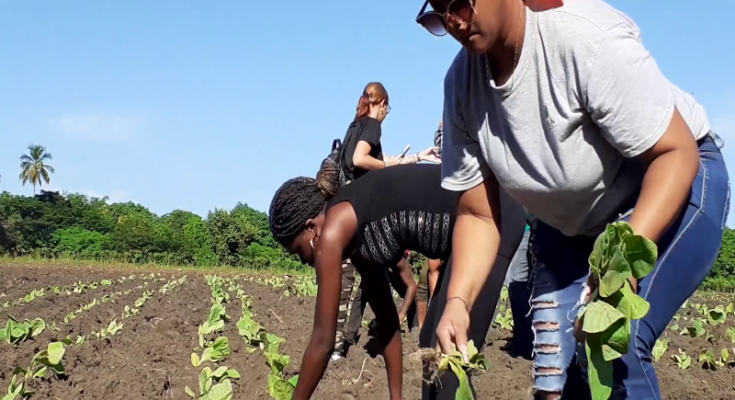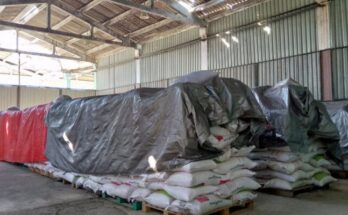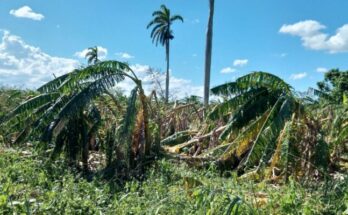Cuban tobacco is considered the best in the world, a quality that was achieved since the first decades of the 19th century. The high quality of the leaf allows it to obtain cigars of high international acceptance.
It would be the Spanish colonizers who would turn this aromatic plant into one of the most commercialized crops of the time.
In the history of the country’s financial development, tobacco planting and its industrial processing have been one of the main items of the Cuban economy.
Every May 29, the Day of the Tobacco Worker is celebrated as a tribute to the captain of the working class, Lázaro Peña González, who was born on the same date in 1911 and worked in that profession. This profession is rooted in the identity of the nation. Several families have transmitted from generation to generation the legacy of planting this coveted plant.
The province of Pinar del Río or Vuelta Abajo is recognized for harvesting the best leaves of this aromatic plant, here, according to many specialists, the finest layers for high quality vitolas are obtained.
The tobacco sector has its mark in the struggles for Cuba’s independence. Several political events had a negative impact on the Cuban tobacco industry in the 19th century. In the first place, the wars of independence, the persecution and repression of the Spanish authorities against anything that seemed subversive, caused tobacco manufacturers based on the island to emigrate with their factories to the southern United States.
Today, hundreds of men and women continue this legacy that since the first half of the 20th century has become one of the most important economic sectors for the country.
Discipline, labor, commitment and efficiency characterize this sector, which has undergone transformations in its operation, such as the one carried out in the 1980s, when, in order to achieve greater integration, it was decided to incorporate tobacco processing and processing into agriculture.
The Cuban tobacco cultivation and industry has not been exempt from complex economic scenarios in its different stages, which have had repercussions on a greater commercialization and distribution of a product internationally recognized for its quality and aroma.




